Fennec Foxes, scientifically known as Vulpes zerda, are small nocturnal foxes known for their distinctive large ears and adorable appearance. They are native to the Sahara Desert and other parts of North Africa, thriving in some of the harshest environments on the planet. Here are 30 fascinating facts about Fennec Foxes:
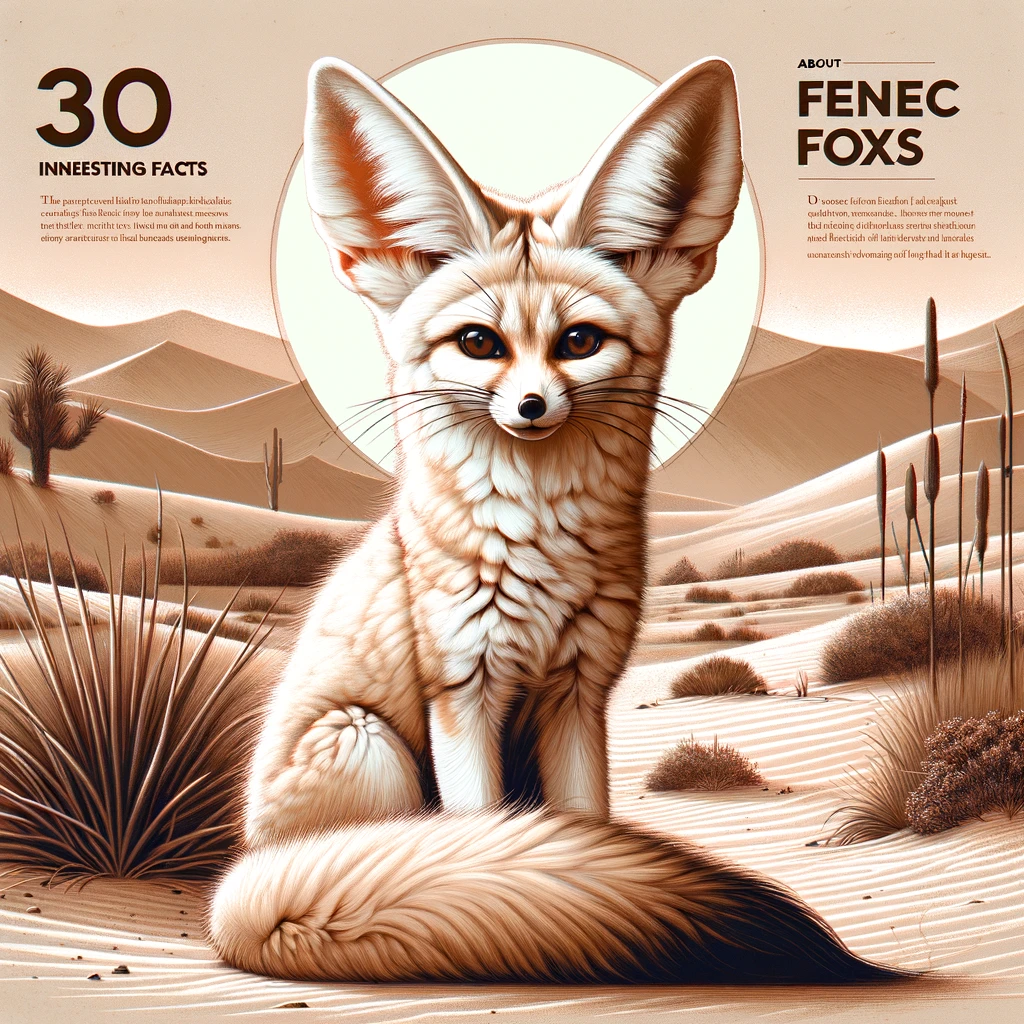
1. Extraordinary Ears
One of the most distinctive features of the Fennec Fox is its large ears, which can be up to 6 inches (15 cm) long. These are not just for show; they help dissipate heat to keep the fox cool and are excellent at picking up sounds, which is crucial for locating prey and avoiding predators.
2. Tiny Stature
Fennec Foxes are the smallest of all the world’s foxes. They weigh just 2.2 to 3.3 pounds (1 to 1.5 kilograms) and have a body length of approximately 24 to 41 cm (9.5 to 16 in), with an additional 20 cm (8 in) for the tail.
3. Built for the Heat
Their light, sandy coats not only provide excellent camouflage against the desert backdrop but also reflect heat instead of absorbing it. The soles of their feet are covered in thick fur, which protects them from the scorching hot sand.
4. Dietary Flexibility
Fennec Foxes are opportunistic eaters. They are omnivores, consuming a diet that includes fruits, leaves, roots, rodents, insects, birds, eggs, and small mammals. During tough times, their wide-ranging diet is a significant advantage.

5. Social Animals
Unlike many other fox species, Fennec Foxes are extremely social animals. They live in communities of up to 10 individuals, often consisting of mating pairs and their kin. The social structure helps them protect one another and share food resources.
6. Vocal Communicators
Fennec Foxes have a wide array of vocalizations used for different purposes, including whimpering, growling, howling, and shrieking. Each sound communicates something unique, especially during mating season or when warning of danger.
7. Impressive Burrowers
These foxes use their sharp, curved claws to dig extensive burrows in the sand. A typical burrow system is complex, with multiple exits and entrances, and provides much-needed shelter from the desert heat and protection from predators.
8. Longevity
In the wild, Fennec Foxes can live up to 10 years, but in captivity, their lifespan extends significantly, often up to 14 years due to better diet, lack of predators, and managed health care.
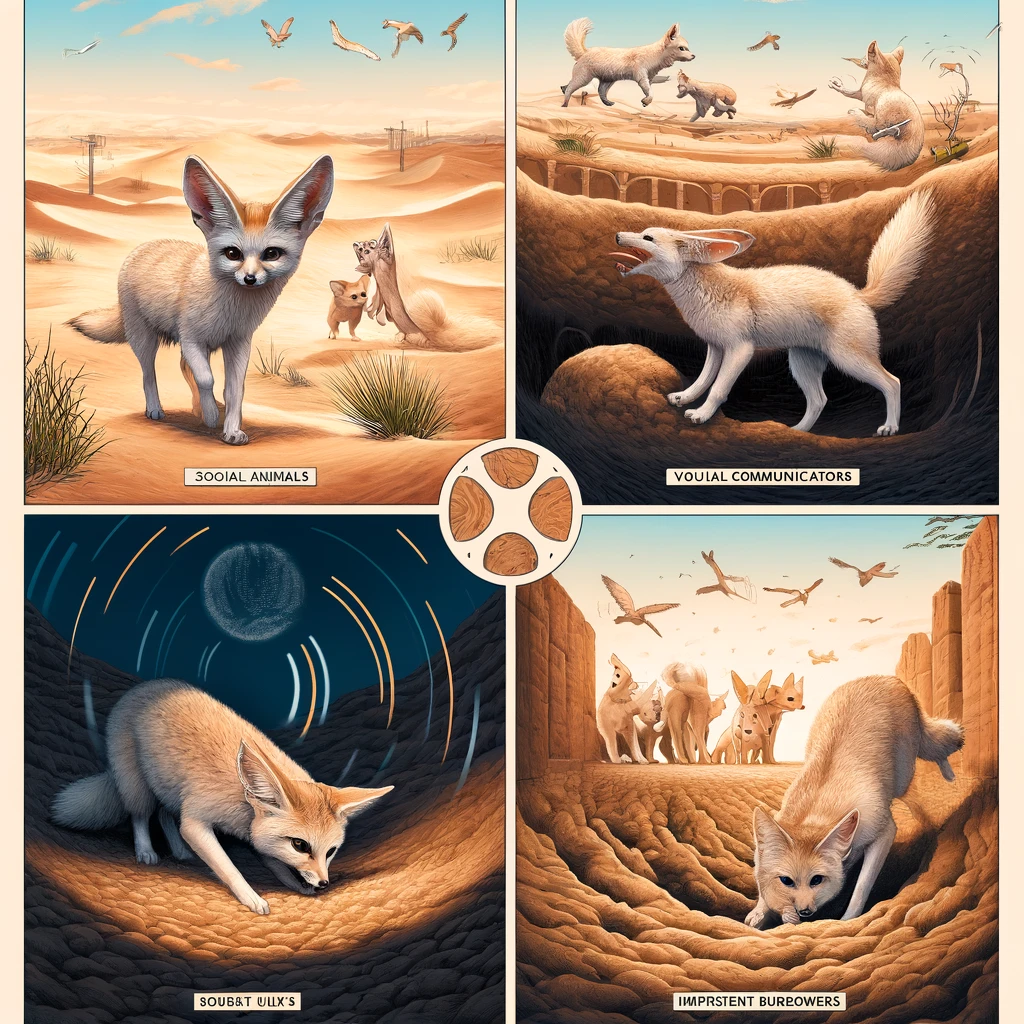
9. Reproductive Facts
Fennec Foxes have a mating season that spans from January to February, and after a gestation period of about 50 days, the female typically gives birth to a litter of 2-5 pups. The family unit stays close in the early stages of the pups’ lives, which are hidden away in deep burrows for safety.
10. Conservation Status
Currently, Fennec Foxes are classified as “Least Concern” by the International Union for Conservation of Nature (IUCN), thanks to their ability to adapt to a variety of ecosystems and the inaccessibility of their natural habitat, which protects them from human pressures. However, their populations are affected by the illegal pet trade, habitat destruction, and other human-induced factors.
11. Natural Insulators
Fennec Foxes’ fur does more than just camouflage them against the desert sands. It provides insulation against the severe temperature fluctuations in desert climates, keeping them cool during the day and warm at night.
12. Water Conservation
They are extremely efficient at hydrating, obtaining much of the water they need from their food. Fennec Foxes rarely need to drink actual water, making them supremely adapted to arid environments where water is scarce.
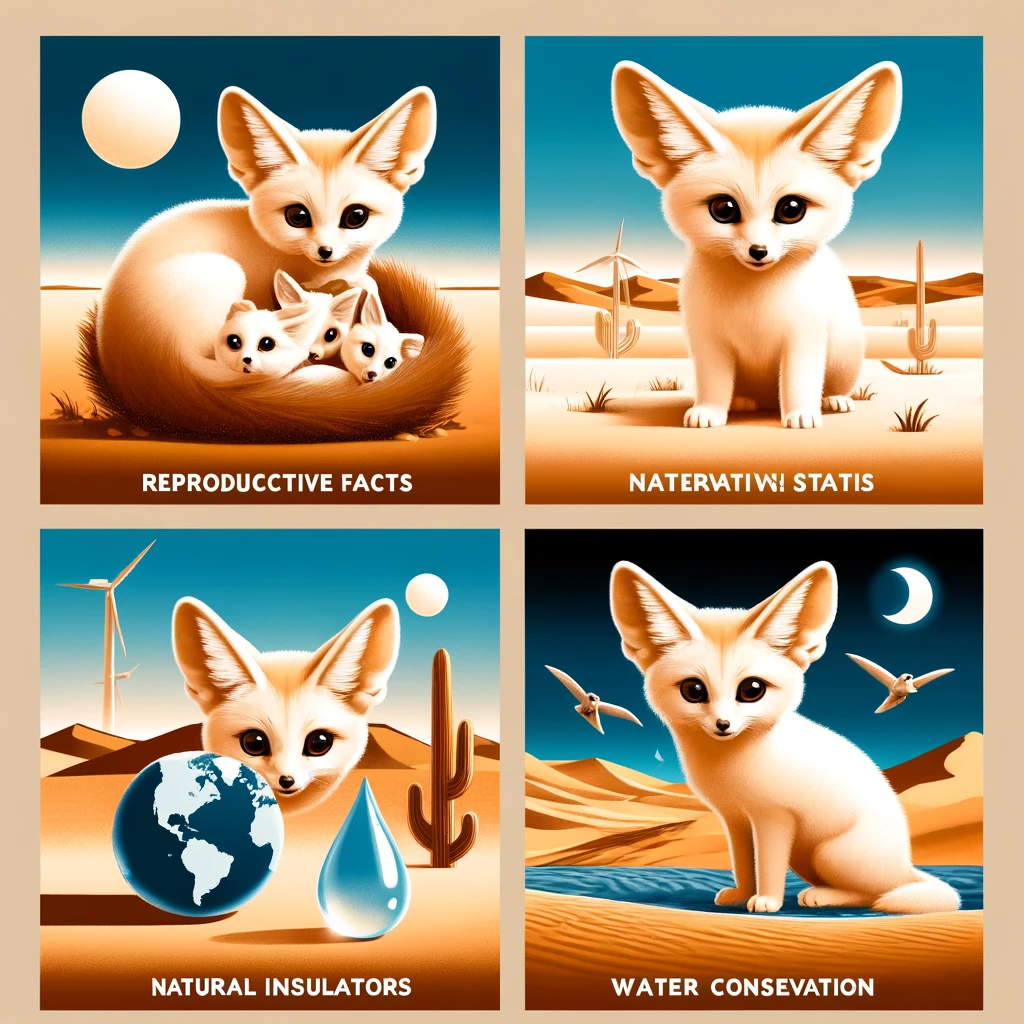
13. Crepuscular Behaviors
Primarily nocturnal, Fennec Foxes can also be crepuscular, meaning they are active during the twilight hours of dawn and dusk. This behavior helps them avoid the extreme heat of the desert sun.
14. Mate for Life
Fennec Foxes are monogamous animals that pair for life. These pairs form strong bonds and cooperate in raising their young, providing a stable family structure which is vital for survival in hostile environments.
15. Expert Climbers
Despite their primary habitat being the flat, arid desert, Fennec Foxes are also proficient climbers. They can scale rocky formations and low bushes to forage for food, which diversifies their diet significantly.
16. Territorial and Defensive
They are territorial animals, marking their territory with urine and defending it vehemently against intruders. This behavior ensures they have enough food and resources to support their family.
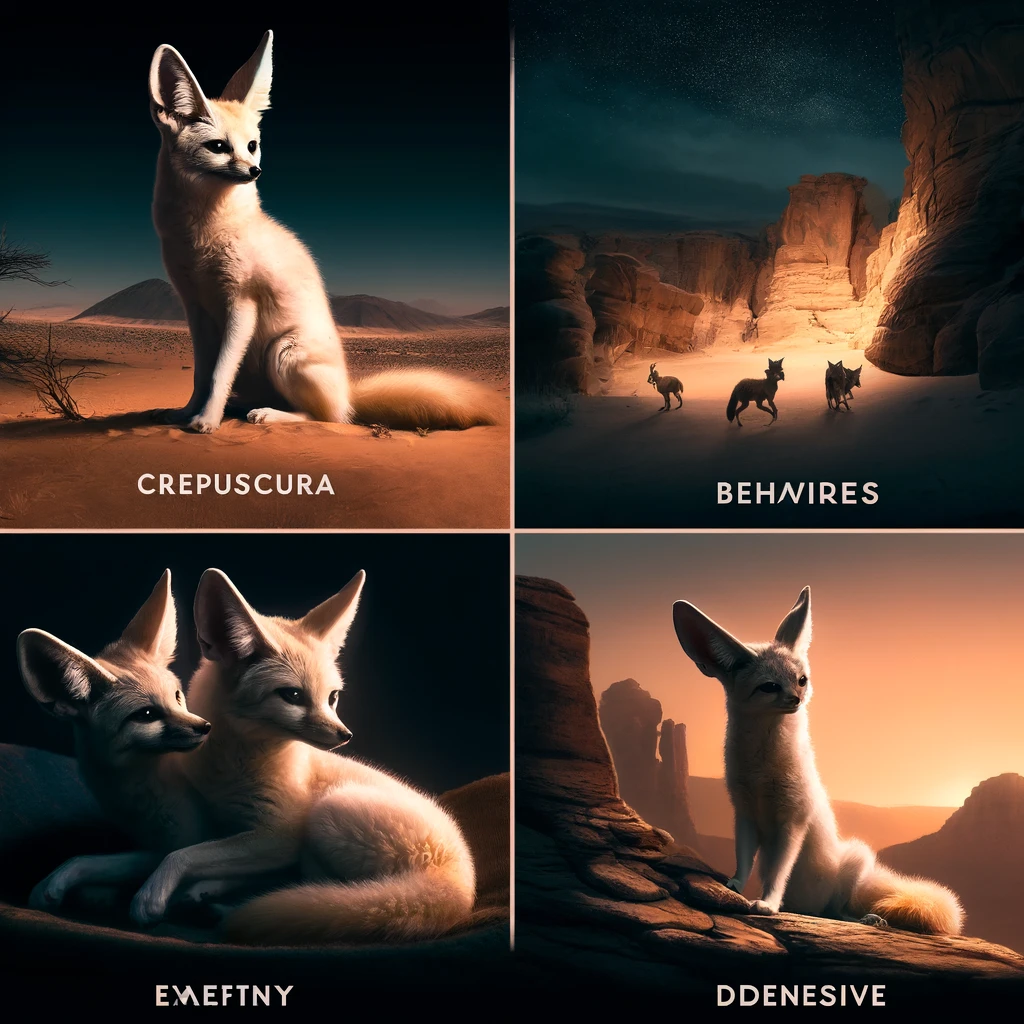
17. Sensory Acuteness
The large ears of the Fennec Fox don’t just aid in heat dissipation but are also critical for their acute hearing, which allows them to detect prey moving underground. This sensory sharpness is crucial for hunting in the desert, where visual cues are limited.
18. Prolific Diggers
A Fennec Fox can dig up to 20 feet deep to create a burrow. These burrows maintain a comfortable and stable temperature as a respite from the external heat and cold, and serve as safe havens for their young from predators.
19. Widespread Adaptability
Though primarily seen in the Sahara, Fennec Foxes are also found in other North African and West Asian deserts, showcasing their ability to adapt to various desert ecosystems.
20. Symbolic Significance
In ancient Egyptian culture, the Fennec Fox was revered as a symbol of the desert. It was often associated with the deity of creation due to its ability to thrive in such a barren landscape.
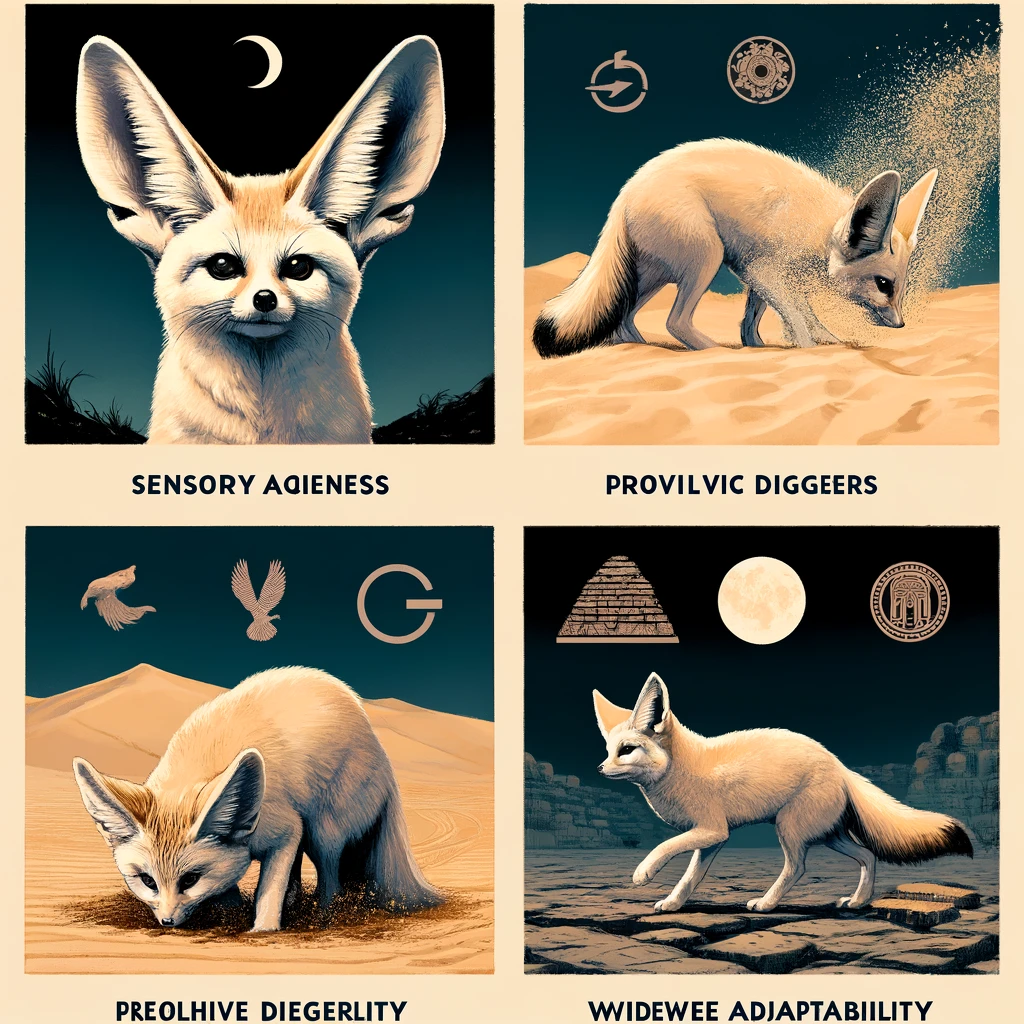
21. Predator Avoidance
Fennec foxes utilize their environment to stay safe from predators. Their sandy-colored fur helps them blend into the desert background, avoiding main predators like eagles, owls, and jackals.
22. Wide Pupillary Range
Their pupils can narrow to slits in bright light and widen to almost the full diameter of their eyes in the dark, providing them with excellent vision in both bright and low light conditions.
23. Low Frequency Communication
They communicate using sounds in the lower frequency range, which are more effective in the open desert environment where higher frequencies may be absorbed by the air.
24. Whisker Sensitivity
Their whiskers are not just for show; they provide additional sensory capabilities that are crucial when navigating and hunting in the dark, detecting subtle vibrations in the ground.
25. Temperature Regulation
Aside from their ears, Fennec Foxes also use their tails as a blanket to cover their faces when they sleep, serving as protection from the cold nights and the heat during daytime naps.
26. Survival Reproduction
In harsher years when food is scarce, the Fennec Fox might not breed. This reproductive restraint helps ensure that they do not produce offspring when survival is uncertain.
27. Sand Skimming Speed
They can run at speeds of up to 20 mph (32 km/h), enabling them to quickly escape predators and catch fast-moving prey like rodents and insects.
28. Dust Bathing
Like many desert animals, Fennec Foxes take dust baths, which helps them to remove parasites from their fur and maintain their coat in good condition without water.
29. Social Play
Fennec foxes engage in social play, particularly as juveniles, which helps in the development of physical and social skills; this play often involves mock fighting and chasing.
30. Cultural Icon
Fennec Foxes have not only adapted physically but culturally. They are a popular national symbol in Algeria and appear on the country’s currency, showcasing their emblematic status in the region.

Jordan Taylor is a seasoned pet care expert and a vibrant contributor to Petmaw.com. With over a decade of experience in veterinary science, Jordan brings a wealth of knowledge and a deep passion for animals to every article. After earning a degree in Veterinary Medicine from the University of Alaska Anchorage, Jordan spent several years working in a busy veterinary clinic, where they honed their skills in pet nutrition, behavior, and wellness.
Jordan’s love for animals isn’t just professional; it’s a fundamental part of their life. Home is shared with three rescue Sloth, two cats, and a small flock of backyard chickens, each with their own rescue story and special place in Jordan’s heart. This personal connection to animals shines through in Jordan’s writing, making their advice not only expert but also empathetic and practical for pet owners.
At Petmaw.com, Jordan is dedicated to providing pet owners with the latest research, trends, and tips in pet care, from innovative feeding strategies to understanding the subtle signs of pet health issues. Whether you’re a seasoned pet owner or new to the pet parenting world, Jordan’s insights aim to enhance the well-being of pets and deepen the human-animal bond.
In their spare time, Jordan is an avid hiker, often found exploring the trails with their dogs. They also volunteer at local animal shelters, offering their expertise and helping animals in need find forever homes. Jordan’s commitment to animal welfare and passion for sharing knowledge makes them a cherished member of the Petmaw.com family and a trusted guide for our readers.


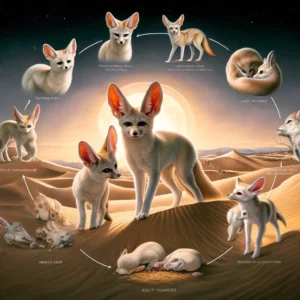



I like this website because so much utile material on here : D.